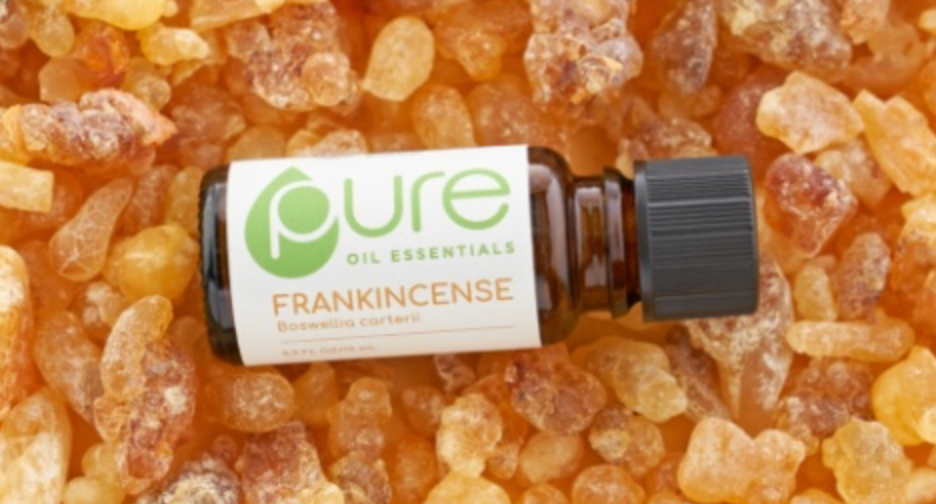Frankincense - Gift to the Gods
- Cheryl Lowry

- Apr 7, 2022
- 3 min read

Essential oils have been used for thousands of years in various ways just as they are now — in perfume, medicinal, and other uses. However, unlike essential oils today, historically it was the resin that was used. Distillation processes to obtain the oils, as we have today, were not available. We can imagine early man making extracts from stems, leaves, bark, and roots, and noting which reduced pain, which reduced swelling, which were calming, and which were stimulating. By trial and error remedies were discovered and recipes of cherished traditional treatments were passed on from generation to generation.
The Melaleuca Wellness Guide tells us that ancient civilizations developed methods to extract plant essences. They gathered olives and pressed them into olive oil, and used olive oil for food, ointments, and perfumed oils. They “distilled them according to techniques described by Pliny the Elder (A.D. 23–79), by grinding the herbs, adding them to oil and water, and burying them in a long-necked jug over hot embers for twelve hours.” The methods and results are quite different from modern distilled oils that are produced today.
In Ancient Times
Frankincense is known as being one of the gifts of the Magi to the Christ child (Matthew 2:11). Also frankincense was used as part of ceremonial offerings (Exodus 30, Numbers 5, 1 Chronicles 9, Nehemiah 13), as a perfume (Song of Solomon 3:6), and as a commodity for trading purposes (Isaiah 60:6; Jeremiah 6:20; Revelations 18:13). Frankincense is a potent essential oil due to its healing properties physically and mentally. The Melaleuca Wellness Guide states, “Aromatherapy hand massage was beneficial for treating pain and depression in hospice patients. Each hand was massaged for five minutes with a blended mixture of bergamot, lavender and frankincense diluted with sweet almond carrier oil.” Physically, Frankincense not only has antimicrobial properties, but also is an immunostimulant.
Frankincense is used to boost immunity, shrink tumors, and decrease inflammation through massage and aromatherapy. Avicenna, an ancient physician (980–1037), recommended frankincense for tumors, ulcers, and fevers in his medical texts.
In Chinese Medicine
In Eastern views, most health problems are due to a blockage, “stagnation”— either caused by poor circulation or inflammation. Frankincense’s therapeutic properties of anti-inflammatory, expectorant, and antiseptic have shown in studies to reduce inflammation and stimulate the blood flow to aid in healing.
Frankincense and Cancer
Research has been ongoing using the properties of Frankincense to shrink tumors and its potential effectiveness against cancer.

Daily Uses
The Melaleluca Wellness Guide states that frankincense is used either in massage or aromatherapy, is useful for asthma relief as it is calming, and helps the person take deeper breaths and slows breathing. This aids not only asthma, but also any respiratory issue.
Frankincense can be used with a carrier oil or Renew Lotion directly on the skin for pain relief due to its anti-inflammatory properties. Also massaging frankincense onto legs aids not only in reducing leg cramps or aches due to over exercise, but also helps with poor circulation.
Frankincense has many health benefits, these are just a few. You can get more information about how to use Frankincense in your daily life and other essential oils by referring to the chapter, “Essential Oils” in The Melaleluca Wellness Guide, or in the index under “essential oils” for the many uses of Frankincense Essential Oil.
As with any essential oil, be cautious and use as directed. The use of most essential oils when pregnant is generally not recommended. Frankincense is one of these oils.
~ From a post by Richard M. Barry
A big hug, 'til next time,
Cheryl











Comments